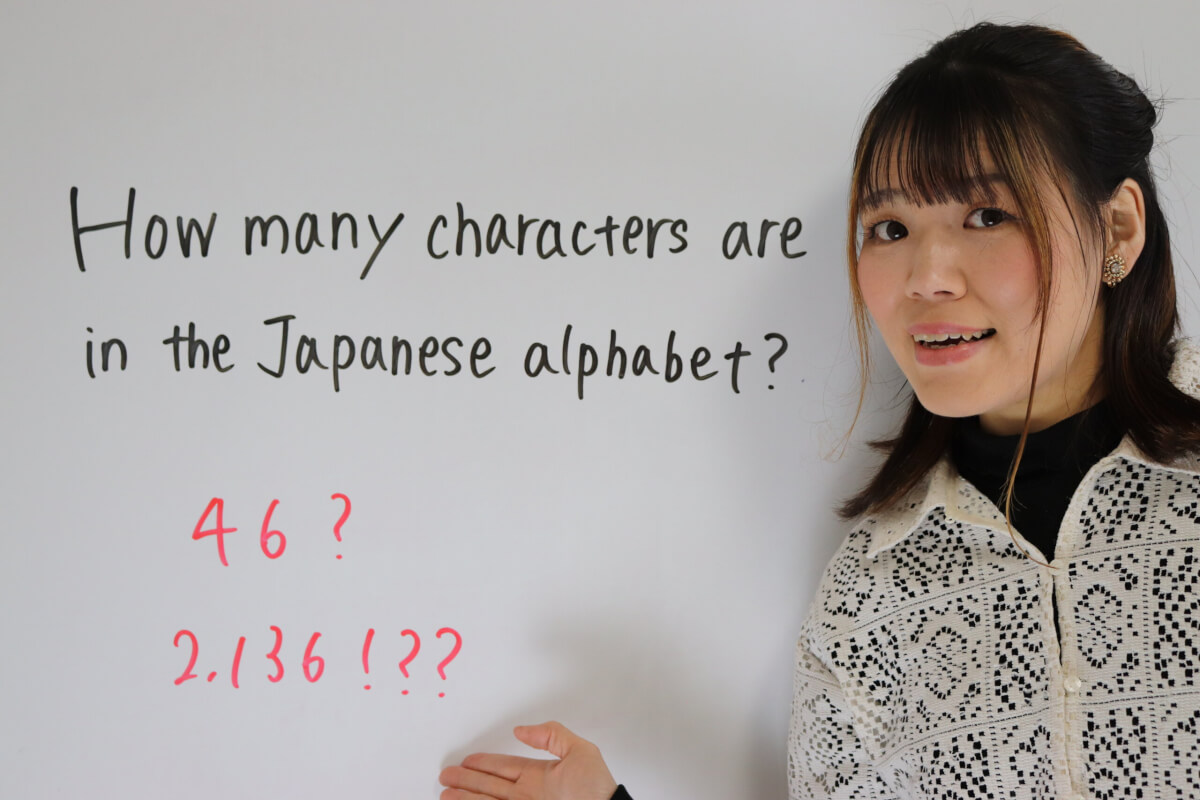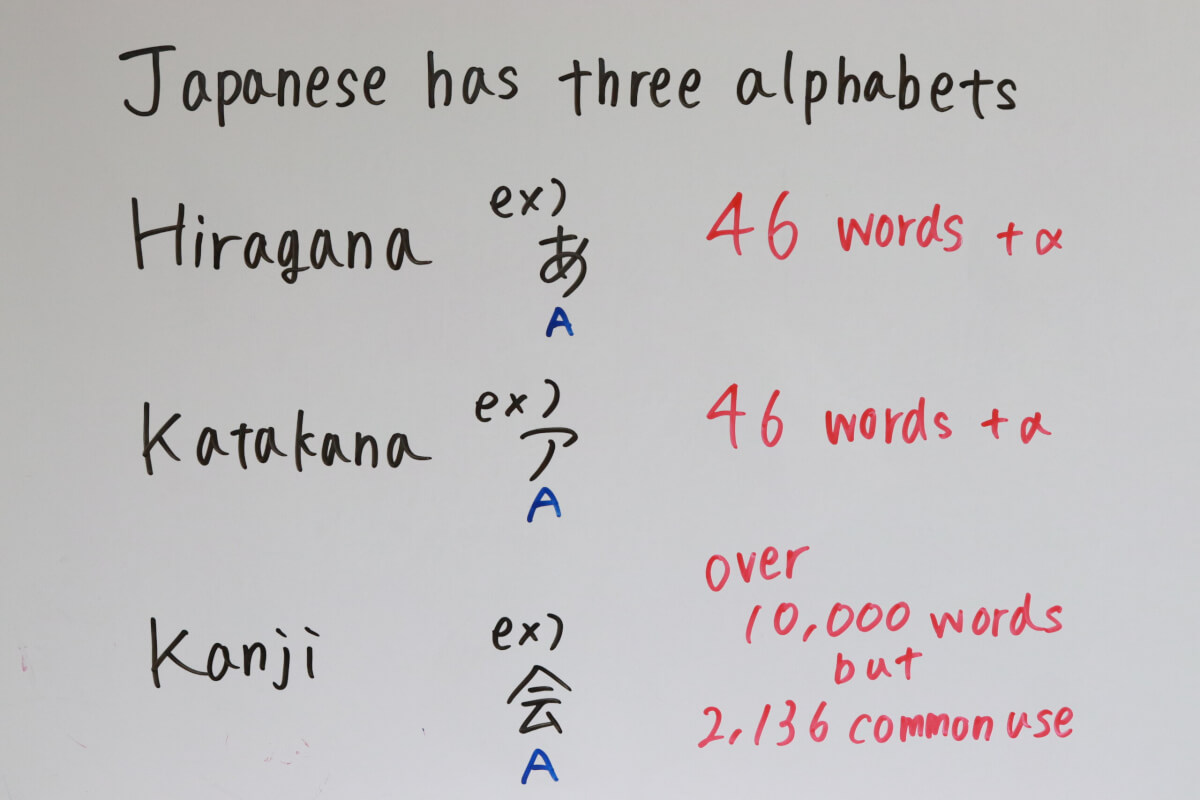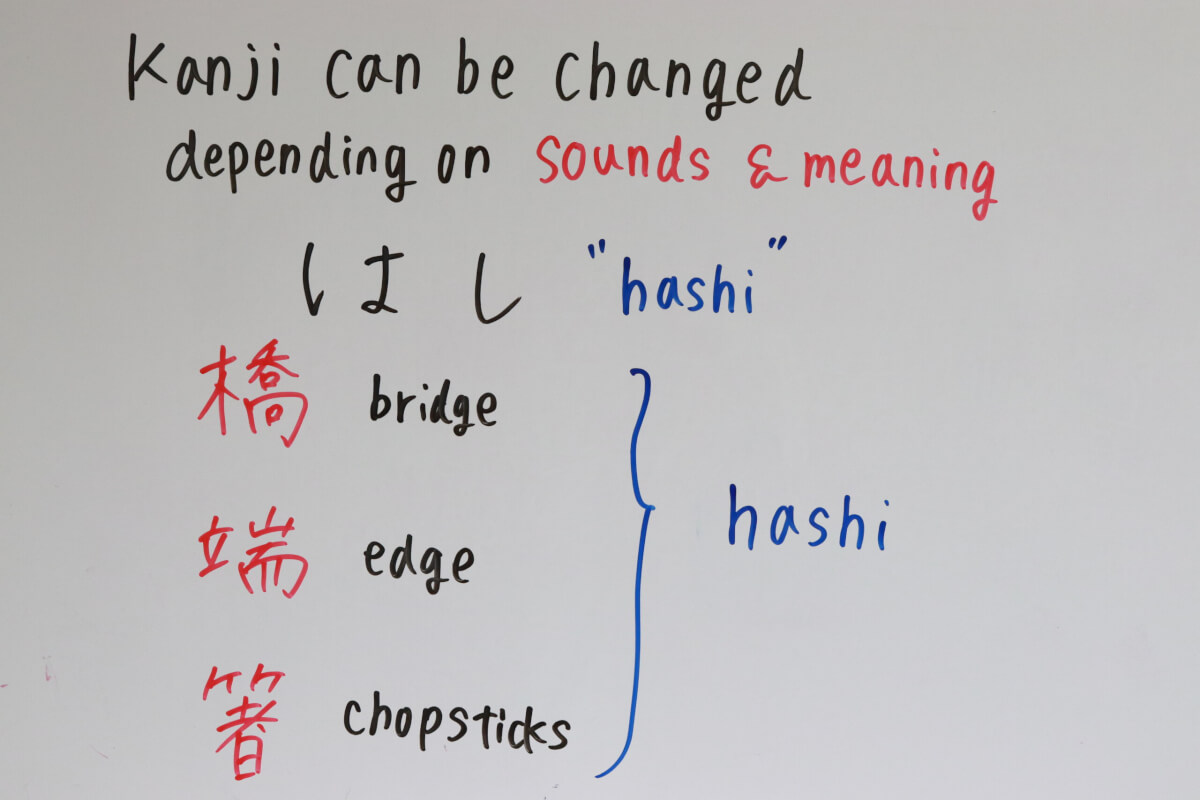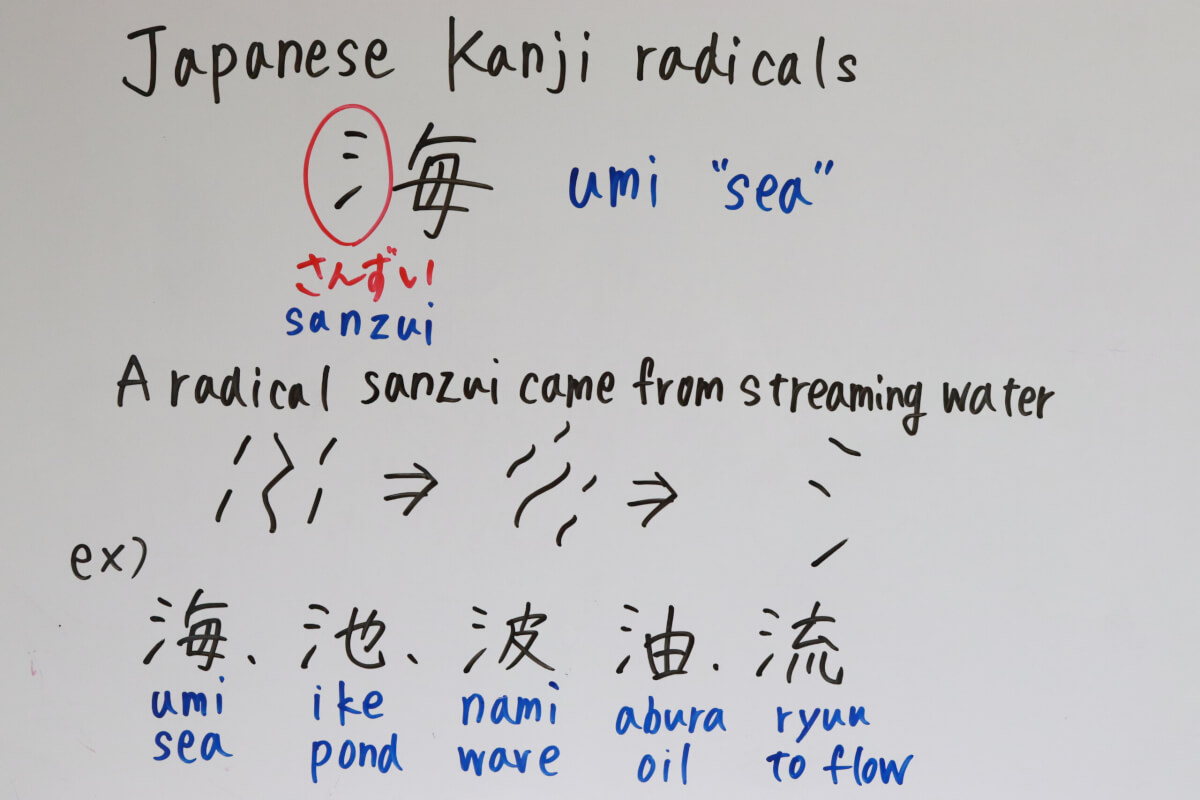- Release Date:
How many characters are in the Japanese alphabet?

When you start studying Japanese, knowing the types and number of characters will help you plan your future Japanese studies.
Every language has different types and numbers of characters and pronunciations, but Japanese has a particularly large number of characters. Here is an introduction to the number of letters and how to learn them.
The numbers of Japanese characters
Do you know that there are three alphabets in Japanese? They are Hiragana, Katakana, and Kanji. They are all important characters, and Japanese people use all three to write sentences.

The numbers of Hiragana
The number of hiragana is 46 characters.
However, some of the hiragana have different pronunciations. These include voiced sounds, P-sounds, and contracted sounds. However, if you are going to study Japanese from now on, you should study the basic 46 characters first.
Hiragana is the most basic character of the Japanese language. It plays an important role in words of Japanese origin and is used in combination with kanji.
The numbers of Katakana
The number of Katakana characters is also 46. Pronunciation is also the same as Hiragana. However, katakana is used in different situations. It is used for foreign words, names of countries and foreigners, scientific terms, and IT terms and so on. They are as important as Hiragana.
The numbers of Kanji
There are actually more than 10,000 kanji existing in the Japanese language. However, there are 2,136 common used characters that are used by Japanese people on a daily basis. That is still a lot.
However, you don't have to memorize all of them. It is fun fact that some Japanese people are good at Kanji and some are not.
Why are there so many kanji in Japanese?
Some of the beginners to Japanese language study that I have met have been overwhelmed by the number of kanji. They even asked me "how can I learn Japanese without learning Kanji?"
My answer is you cannot master Japanese without learning Kanji. Kanji is the core of the Japanese language.
Kanji characters came to Japan from China, but why are there so many?
The reason is that kanji change to represent sound and meaning. For example, in English, you can combine alphabet to represent different sounds and meanings. In Japanese, these differences are represented by different kanji.

For example, there is the word "はし: hashi". There are several kanji for hashi: 橋: bridge, 端: edge, and 箸: chopsticks. Each of them are "hashi" but has a different kanji and intonations. Japanese people distinguish the word "hashi" by using different kanji characters.
That's why learning kanji is to learn the meaning and to expand your vocabulary. 2,136 characters can represent the sound and meaning with different kanji.
How to learn Japanese characters faster?
It takes a lot of time to learn so many Japanese characters. However, I believe that anyone reading this is studying in a limited amount of time at work or school. How can you study them quickly?
How to learn Hiragana & Katakana
The first goal is to learn hiragana and katakana in one month. All of my students usually learn them in a month. In class, they may take a while to read at first and use romaji(how to read words), but they gradually learn how to read and don't need romaji anymore.
It is a classic method, but first you learn by looking at the shape. Then, learn by writing. This is the best way. You can write it in a notebook or with a tablet pen.
In my most popular ebook "Power Up Your Japanese", you can learn how to write and pronounce hiragana and katakana with a video and practice sheets. Please check it out.
How to learn Kanji
You do not need to memorize all 2,136 of the common-use Kanji characters.
The number of Kanji you should aim for will depend on your learning goals, such as living in Japan, enjoying anime without subtitles, or obtaining Japanese language certifications, so don't feel too much pressure.
However, if you are interested in learning Japanese from now on, you should learn 100 kanji at the beginner's level. As with Hiragana and Katakana, it is important to memorize the forms and then write them down.
Then, if you increase the number to 200 or 300, you will have some idea of how the kanji are formed, and your learning will become smoother.

Kanji characters have radicals, or kanji that are made up of many of the same characters. For example, the kanji with the radical "氵: sanzui" are related to liquid things, such as "海: umi, sea," "池: ike, pond," "波: nami, wave," "油: abura, oil," and "流: ryuu, to flow".
You can learn kanji easily by radical groups. If you know the radical sanzui, you can memorize those five of Japanese kanji.
As you continue to study, you will find kanji interesting. Please keep up the good work.
